
Zone 5 Rain Garden Plants
A rain garden is a landscaped feature that replaces an area of your lawn in order to collect the stormwater (rain and melted snow) that runs off your grass, roof and driveway. This shallow depression has loose, deep soil that absorbs and naturally filters the runoff, preventing it from entering the storm drain system and, eventually, our waterways.

Pond Plants For Rain Gardens Lilies Water Gardens
Best Native Shrubs for Ontario Gardeners — In Our Nature A list of the best native shrubs for wildlife value, beauty, privacy screening and fast growth.

The Beneficial Beauty of Rain Gardens The Native Plant Herald
The Benefits of Rain Gardens. Rain gardens also provide good habitat for butterflies, birds and other wildlife. Unlike the surrounding grass lawn, which requires much more upkeep, rain gardens contain native plants that need little maintenance once they are established. They work to keep our water clean. Pervious soils act as a natural filter.

Sunny Rain Garden Pack Ontario Native Plants Rain Garden, Backyard
Conservation Halton Avesi Stormwater and Landscaping Solutions Green Venture REEP Green Solutions Plant lists for Rain Gardens City of Guelph Rain Garden Plant List Essex Conservation Authority Rain Garden Guide
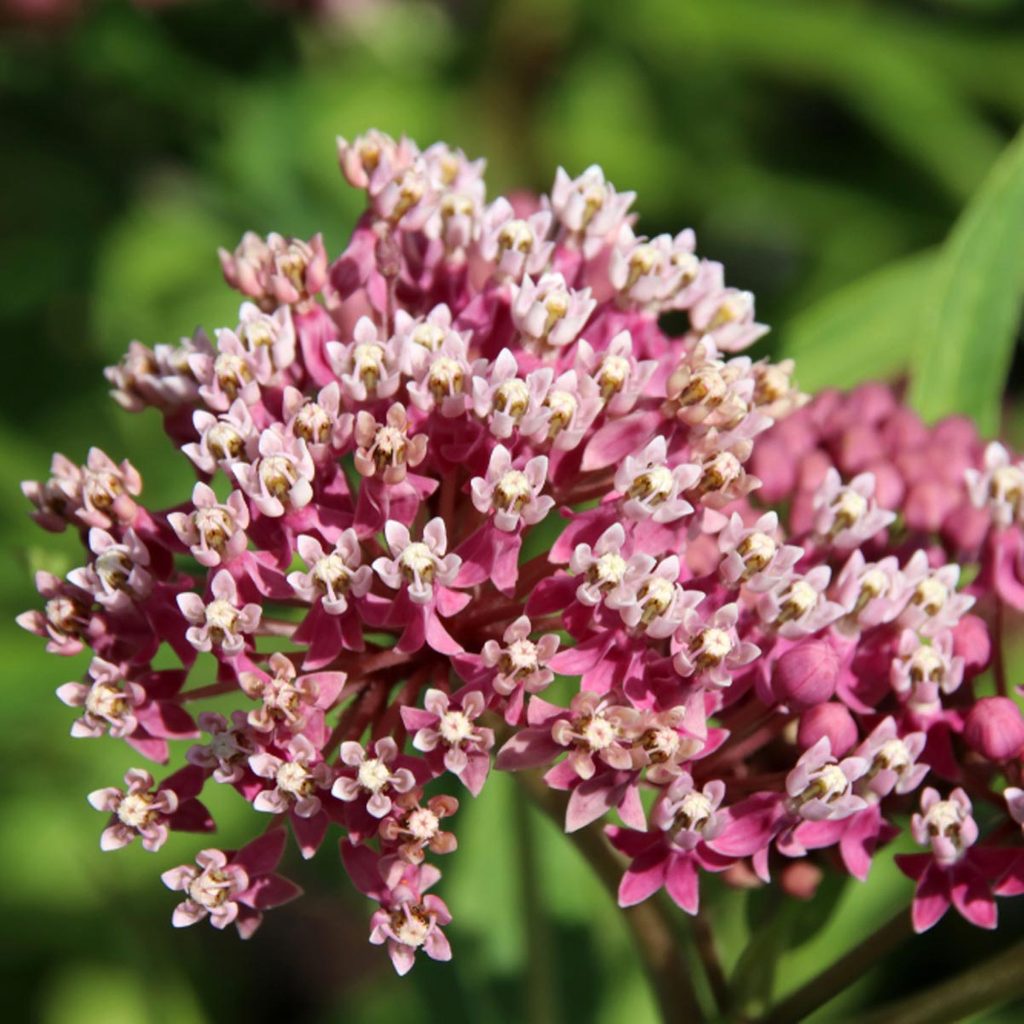
10 Best Plants for a Rain Garden — The Family Handyman
Best Ontario native Plants for Wet Areas & Ponds | In Our Nature — In Our Nature Ontario native plants that thrive in wet soils, swales and ponds for a low maintenance, pollinator friendly garden.

A complete guide to building and maintaining a rain garden TRCA
Ohio Spiderwort is a drought-tolerant native with flowers that open only a single day on grass-like leaves that grow two to three feet tall, making it a perfect plant to provide some height and structure to your garden. Be careful: this can be aggressive in some southern climates. USDA Growing Zones: 4 to 9.
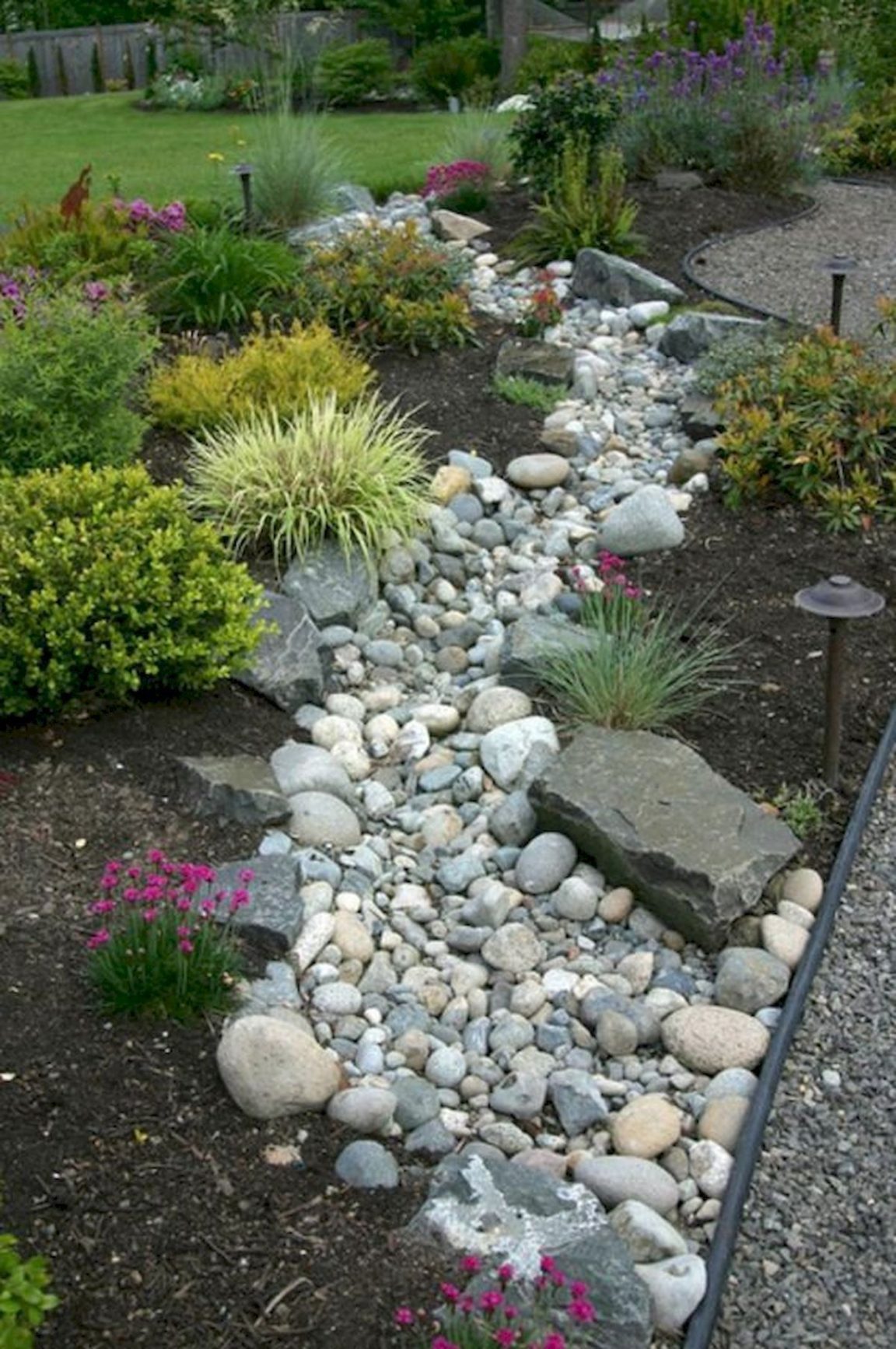
30 Great Rain Garden Landscaping Design Ideas Page 18 Gardenholic
1. Plan Design a rain garden © Catriona Berry / WWF-Canada A great place to start is re:grow, our how-to hub for growing native plants. There, you can create a free account to access expert guidance on creating an action plan for your rain garden and on nurturing native plants. When planning a rain garden, it's important to first study your space.

The Best of the Best Perennial Plants for Rain Gardens Blog
Description Create a part-shade rain garden on your property with this beautiful assortment of wildflowers that are adapted for a wet location in part shade. This pack covers an area of around 6 feet x 6 feet. Research the mature spread of each plant to determine appropriate spacing.

RainGarden Rain garden, Native plants, Garden and yard
No. Rain gardens are designed to hold water for up to 24-48 hours, as the water is absorbed into the ground and taken up by the plants' roots. Mosquitoes need 7-10 days to complete their life cycle, so a rain garden is not suitable habitat to support them. By contract, rain gardens help support dragonflies and birds that eat mosquitoes.

The Benefits Of Creating A Small Rain Garden Artourney
A rain garden is a garden designed to temporarily hold and absorb rainwater and snowmelt run-off that flows from roofs, driveways, patios and lawns. Rain gardens remove up to 90% of nutrients and chemicals and up to 80% of sediments from runoff. Compared to a conventional lawn, rain gardens allow for 30-40% more water to soak into the ground.
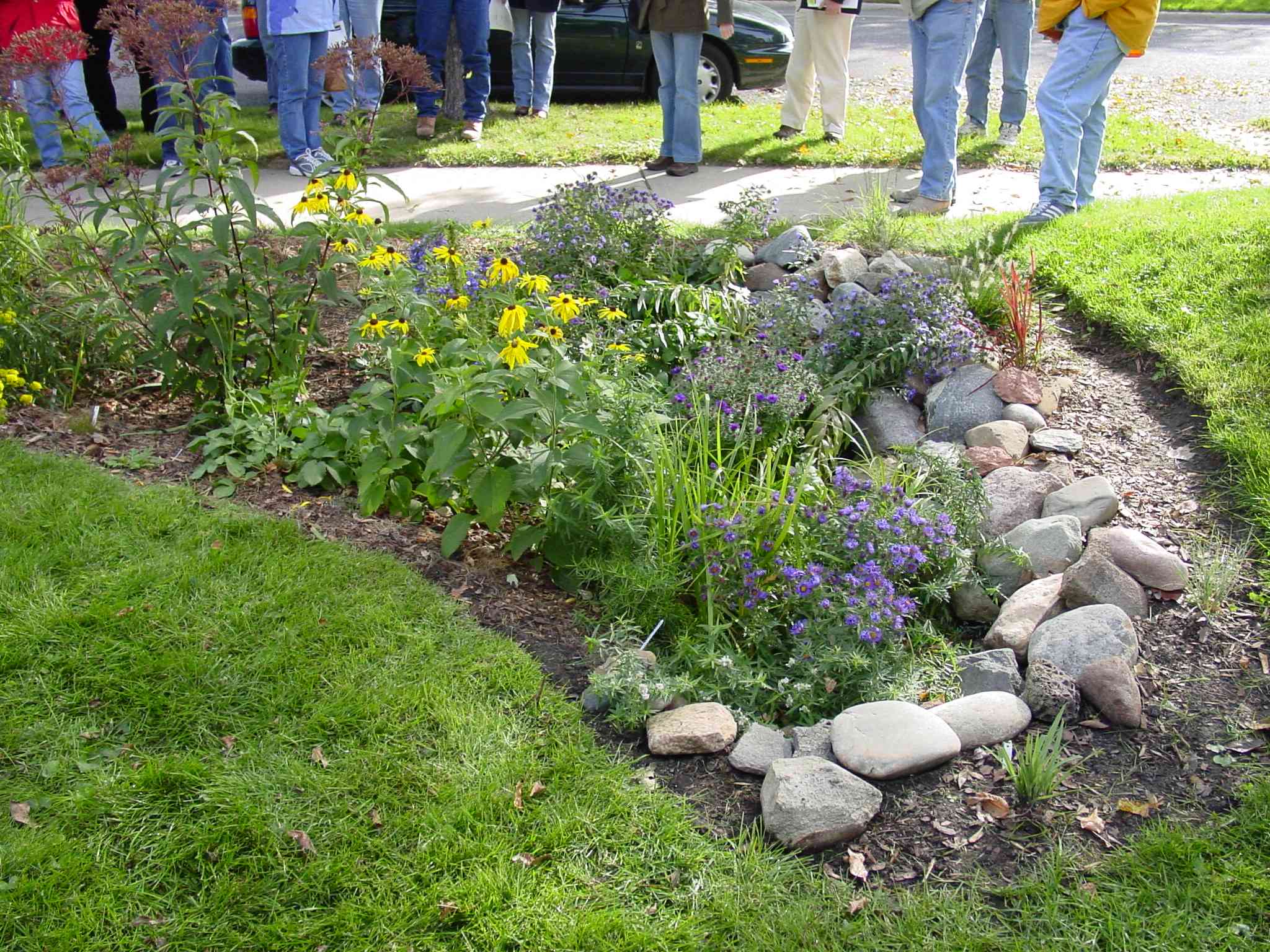
Rain Gardens Friends of Bolin Creek
February 14, 2017 How to build a rain garden video series A new series of videos, narrated by Mark Cullen, is aimed at informing and educating the public and landscape professionals on how to properly build a rain garden. Part one (above), explores two rain gardens in the Lake Simcoe watershed.
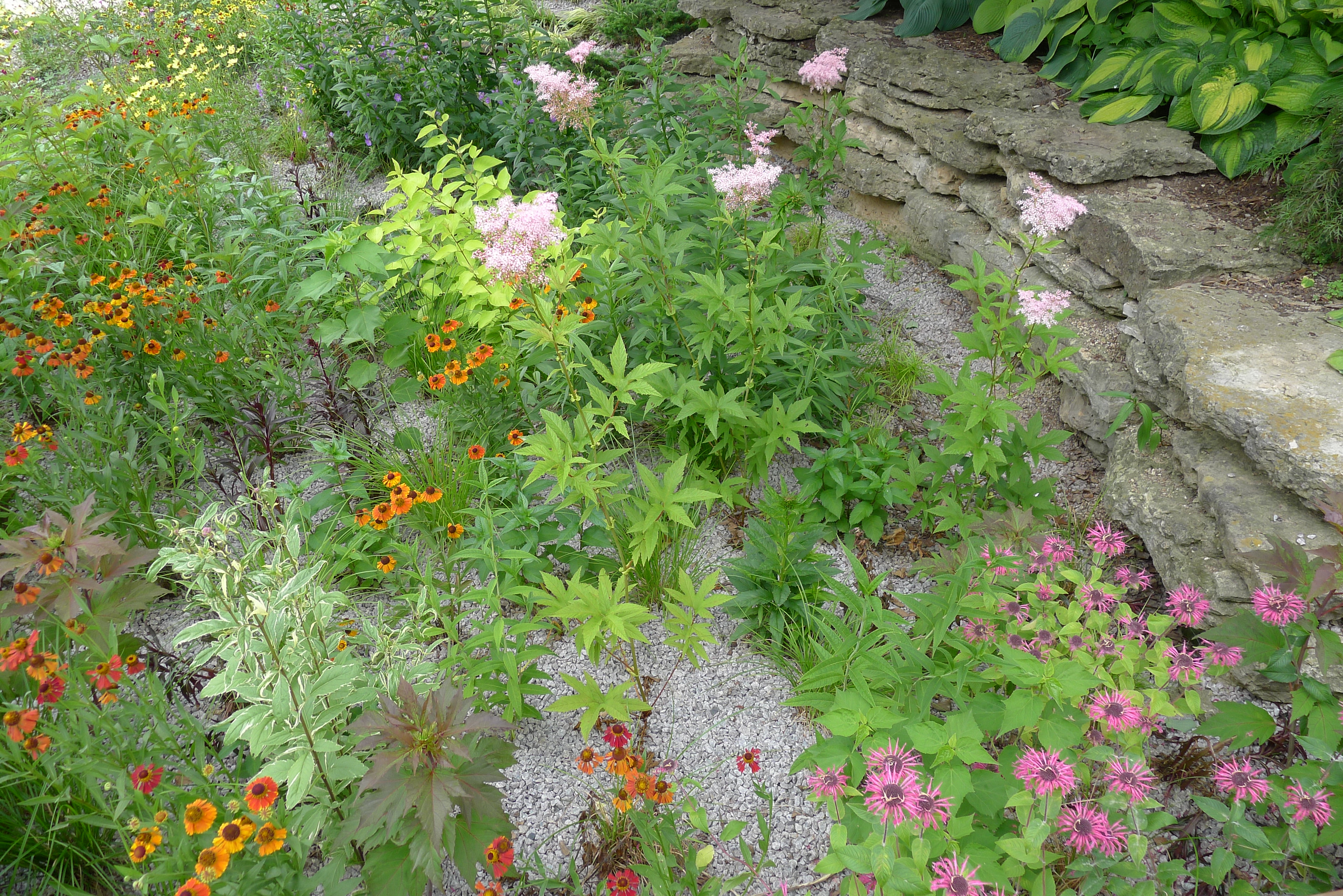
How to Build a Rain Garden Plants and Designs The Old Farmer's Almanac
View our 2024 catalogue here.Prices will be available in February 2024. We will open for pre orders on March 1, 2024. Gift cards are available year round here.

Create a Rain Garden
RAINscapeTO | Earth Friendly Gardens - Organic & Sustainable 1 2 3 4 5 Services offered: Landscape Consultations Rainscape design & installation Rain harvesting (rain barrels) Organic Garden Maintenance Garden Clean-ups & makeovers Book a Consultation Book a Consult *Numbers are based off the 2023 work season GreenForceTO

Rain gardens pretty and functional, says Toronto resident Toronto
WaterFarmers worked with Green Venture to deploy a RainWaterOne rain harvesting system and create a large pollinator and rain garden in a busy area of downtown Hamilton, Ontario. We removed sod and prepped the area for two volunteer events, one where the land was shaped to accommodate a rain garden / rock swale, and another where community members helped plant approximately 200 native plants.
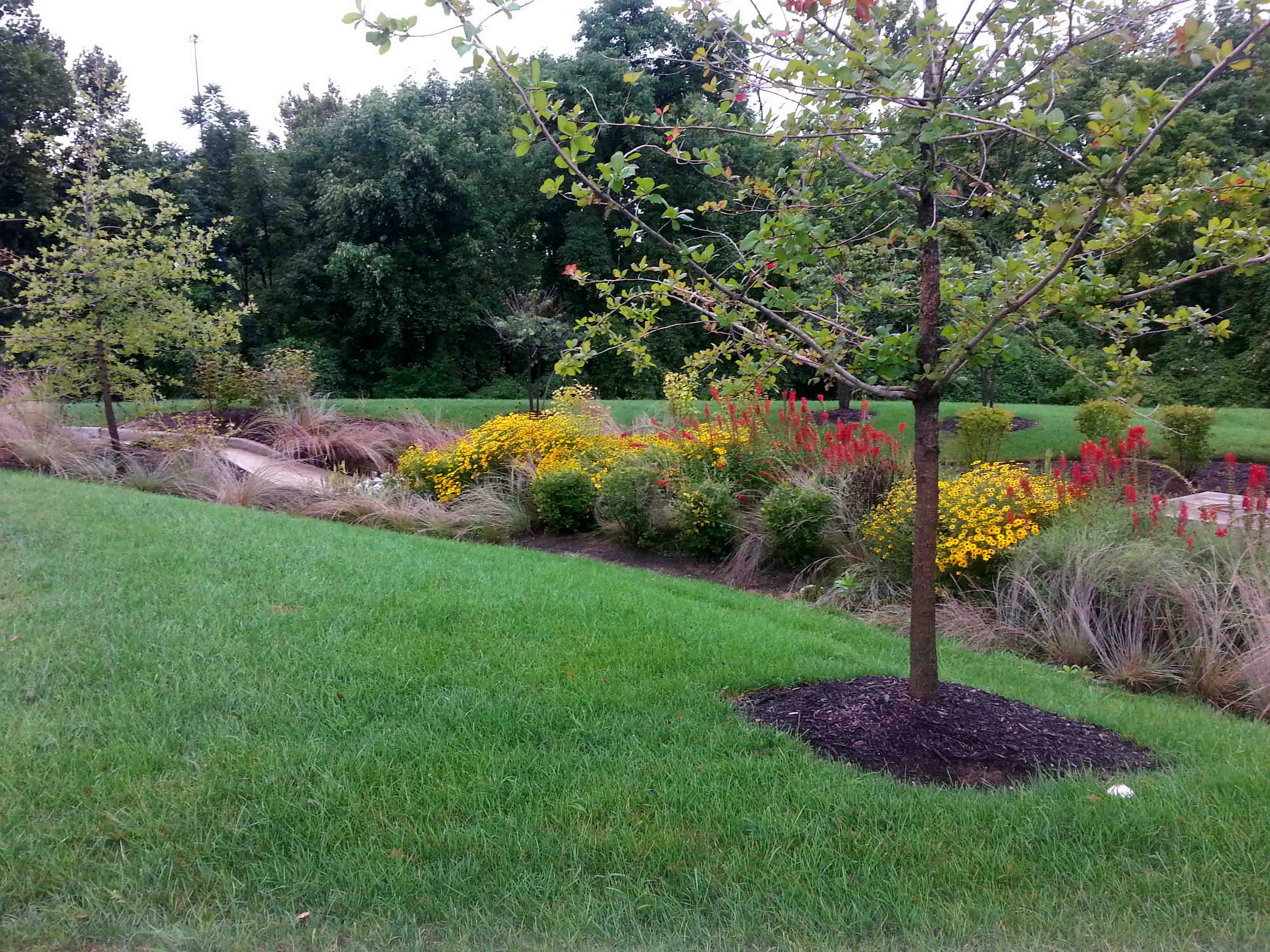
Rain Gardens What Are They and Do You Need One?
What is a Rain Garden? Rain gardens are typically bowl shaped and shallow, with native, hardy, low-maintenance plants. These gardens are created in lower lying areas where water otherwise drains to storm sewers. A rain garden is not a pond or wetland.

A rain garden is designed to use the excess water from rain and storms
The listed plants are most suitable for the wetter, bottom zone of the rain garden whereas other plants that can tolerate occasional, but not constant wetness, can be used on the sides and upper edges of buffers, bioswales and rain gardens. Examples include northern bayberry, sweetfern, and several Viburnum species. Plant for Specific Conditions